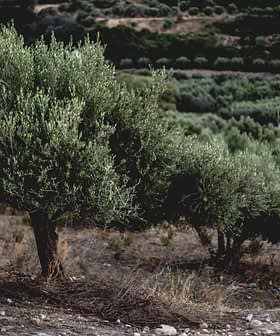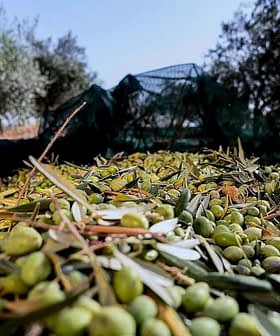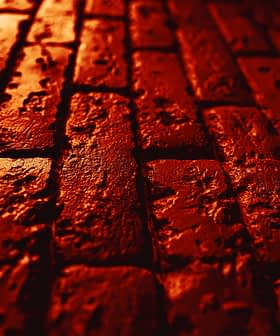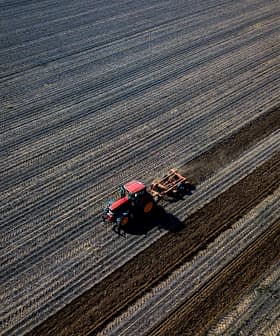
Today and due to the environmental awareness, people have turned to other types of fuel alternatives to petroleum such as biomass, a renewable energy source which is usually plant matter or residues from the forest, or even municipal solid waste.
Another source of biomass can be pomace, the solid waste that is left from the olive kernel during the olive oil extraction process. When the pomace is processed by the refineries to get the second grade oil, a solid residue is also produced, the pomace-wood.
Actually this type of fuel is not so new, since being in abundance in Greece, Spain and other big olive oil makers it has been used as a fuel at olive oil mills and other plants for years. But now people are starting to realize that it can be used to heat houses, hotels and even whole towns.
The pomace-wood does not have the calorific value of petroleum, but it costs only one third of its price and it is considered ecological as it does not emit any sulfur when burned.
But we are not done yet; a byproduct of the pomace-wood burn is the pomace-powder. This powder can be turned to briquettes the size of a roll of coins and these briquettes are now widely used at barbecues and restaurants: they can replace the charcoal since they ignite immediately, there are no sparks flying around and no ugly smells.
The few enterprises that fabricate briquettes in Europe are selling them to restaurants in Sweden, Japan and elsewhere. But the most important fact is that pomace-wood and pomace-powder come from the olive kernels and no trees are cut and wasted, thus earning an environmental-friendly stamp. Undoubtedly, the humble olive fruit is a small treasure we are still learning about.








